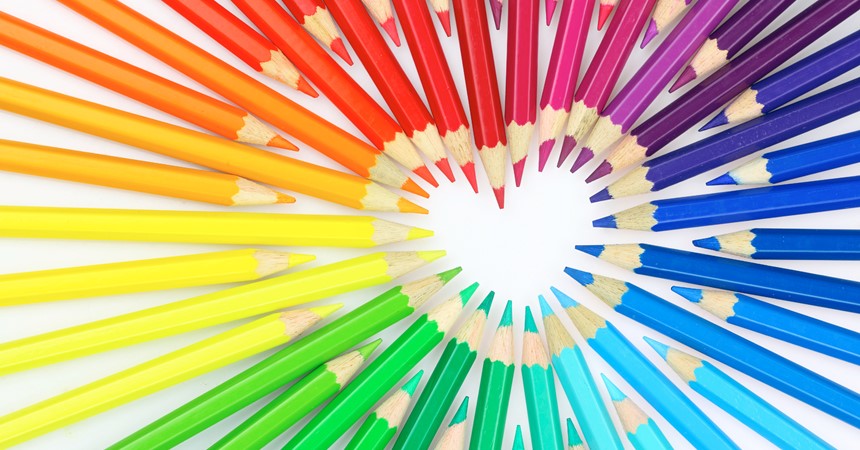There is one part of my human potential that never seems to have the opportunity to develop. Located in the precuneus parietal lobe of the brain is my artistic potential. However, in my case, there seems a serious gap between my brain’s ability to make me another Rembrandt and the fi ne motor co-ordination that produces dexterity and a visual cortex that will co-ordinate it all. In terms of drawing, some unknown impediment renders me almost useless!
For years I dreamed of being able to sketch and various people have told me it’s just a matter of practice. I agree that improvements can be made – look at the remarkable achievements by stroke victims, who literally train another part of the brain to compensate for loss. Sadly, I doubt that I can be helped.
Scanning the Sunday paper some six months ago I noticed in the list of bestsellers, The Mindfulness Colouring Book by Emma Farrarons. I was intrigued. My mind went back to a conference I attended 20 years ago and an art therapy workshop. Like many, I was cynical. That’s often what happens when you know nothing of a subject! Thankfully I am more open-minded now, but my cynicism about all things ‘touchy feely’ was significant in those days.
I entered the workshop to find some 80 participants seated at circular tables. The presenter was the epitome of the ‘artiste’, a woman in robes, garish jewellery and one of those condescending voices. All was not looking well for my open-mindedness! Later, I found she was in fact a very spiritual and kindly woman.
She began by asking us to complete a drawing and colouring task. Each of us had blank sheets of paper and crayons. She asked us to draw a scene of a favourite childhood memory. My mind took me to the end of Darling Street, Balmain East, my home town. Thornton Park had swings, the wharf and the water. As I drew I added Luna Park, the Bridge and a shipping wharf (soon to be a casino). The next instruction was to pass the sheet to the next person, who would tear it into 16 pieces, shuffle them and hand them back. Then we were instructed to use a new sheet of paper and paste the drawing back together.
That task completed, the instructor then asked me to come out the front (I think everyone hates this). She asked me why I hadn't obeyed her instructions and why I had redrawn the picture, while everyone else had complied. I suggested to her that I was a terrible artist and that, as it was ripped up I then had the opportunity to do a better job. The penny dropped for me at that point, as it does for many, when I relate this experience.
She then went on to point out that we all have experiences like that in life where we are traumatised and have our hearts ripped up and out by events, often by mean-spirited people. Later we try to patch up our lives. We often want things to be the way they were without realising or appreciating the opportunities we have to transform ourselves and start with a "blank canvas" in order to create something better.
Since then, whenever art and psychology are paired, my ears prick up and I become immediately engaged. A client recently told me he had been at a clinic and was most annoyed when he was asked to colour in – such childish behaviour! I, however, bought The Mindfulness Colouring Book and a set of colouring pencils and there began a journey. I admit I only recently ‘came out’, as a ‘colour inna’.
I not only enjoy it, but see the psychological mechanisms involved and how mindfulnessand colouring go together. Mindfulness, probably the most popular of psychology practices today, is at least several thousand years old. Anyone familiar with the Benedictine tradition, and many others, will be familiar with the mindfulness approach. It’s being engaged in the present in its simplest form.
As I have said to many clients, we seem to be so often caught up in thoughts and ruminations of the past – or the future, by way of catastrophised thinking that is unhelpful and psychologically damaging. Mindfulness is a useful technique for abandoning these thoughts, at least for a while. Colouring in is a mechanism to achieve that. At some stage I examined this by measuring my autonomic responses and sure enough my blood pressure and my pulse rate dropped and I was calmer. What was more interesting for me is that I lost the sense of time, a key feature of the conscious mind, but not accessible in an altered state of consciousness. In one sense I lost my self. I have also learned that while it’s tempting to buy bigger and better books and become focused on technique, there can, as a result, be a quality of mindfulness lost, which defeats the purpose. So it’s back to stimulating the precuneus region of my parietal lobe. What colour shall I use first?























































































